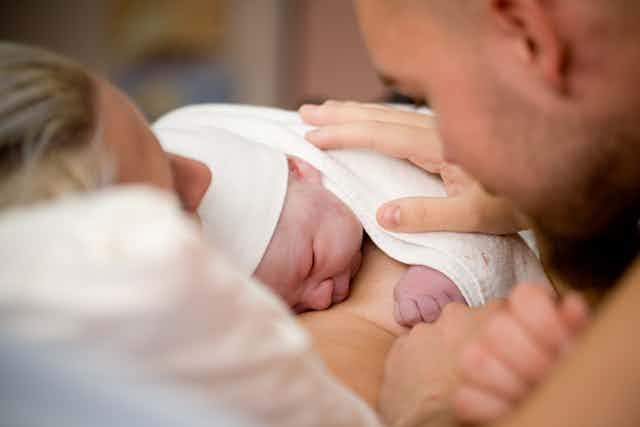Much of the debate at the weekend ALP conference on the motion related to “marriage equality”. If only the issue of same-sex marriage was that simple and straightforward.
Does equality mean being the same, or is it possible to be equal but different?
Those committed to redefining marriage to include same-sex couples argue the first part of the question. For them, equality means giving gay and lesbian people the same right to marry as held by heterosexuals. That the current Commonwealth legislation defines marriage as “the union of a man and a woman to the exclusion of all others, voluntarily entered into for life” is seen as promoting inequality.
But if it is possible to be equal but different, then such an argument carries no weight. Women with young children who decide to stay at home rather than enter the workforce are no less equal than those women employed in the workforce. All should be respected and be treated fairly and equally.
Young people who undertake a vocational education and training course in years 11 and 12 and go on to an apprenticeship or TAFE course, while different to those who complete a professionally oriented degree at a university, also deserve equality.
Rights under the law
Contrary to the impression that same-sex-attracted couples are discriminated against, the reality, for all intents and purposes in areas like the law, superannuation and dealing with financial matters, is that they have the same rights as heterosexual couples, both de facto and married.
After a review by the Human Rights and Equal Opportunity Commission, the then-Rudd government passed legislation that, the parliamentary library records:
… significantly changed the legal status of same-sex couples, recognising them on an equal footing to de facto couples in areas as diverse as taxation law, social security law, immigration and superannuation.
It is also legal for same-sex couples to adopt children in most states and territories.
As detailed in a pastoral letter written by the Catholic Bishops of Australia, it is also the case that same-sex-attracted individuals are equal to heterosexuals in the eyes of God.
The pastoral letter, Don’t Mess with Marriage, begins by arguing:
The Catholic tradition teaches that every human being is a unique and irreplaceable person, created in the image of God and loved by him.
While some try and silence the church by arguing it is homophobic, the truth is that the bishops’ letter states:
The Catholic Church opposes all forms of unjust discrimination. We deplore injustices perpetrated upon people because of religion, sex, race, age etc.
The argument that defining marriage as between a man and a woman is unfairly discriminatory is also wrong. It is possible to discriminate for just and valid reasons.
For instance, and with the exception of some British migrants, only Australian citizens are allowed to vote in elections; faith-based schools have the legal right to say “no” to employing staff who would offend or injure the “religious sensitivities of people of the religion”; and many women-only clubs have the right to exclude men.
A union ‘in one flesh’
True, defining marriage as between a man and a woman for the purpose of procreation does discriminate against same-sex-attracted people, but for justifiable reasons.
While often seen as the elephant in the room, same-sex couples are not able to conceive and bear children in the same way that the overwhelming majority of heterosexual couples do. In terms of physiology, men complement women and women complement men, the way nature intended.
As noted in the Catholic Church’s pastoral letter, it is also true that the union of a man and a woman, as opposed to a man and a man or a woman and a woman, represents a unique and distinctive relationship.
The bishops argue:
Their physical, spiritual, psychological and sexual differences show they are meant for each other, their union makes them whole, and through their union ‘in one flesh’ they together beget children who are ‘flesh of their flesh’.
Such is not to deny that same-sex-attracted individuals can experience a deep and lasting love for one another and that they have the right to live together free of unfair and unjust discrimination. Rather, it is to argue equality can be achieved while accepting difference.
The Shorter Oxford Dictionary defines marriage as “the action, or an act, of marrying; the ceremony by which two persons are made man and wife”. Over thousands of years, and with one or two minor exceptions, cultures have defined marriage as involving heterosexuals as opposed to same-sex couples.
This is why Western culture, in art, music, literature, ballads and popular songs, treats the love and intimacy between a man and a women as one of the highest and most profound expressions of a union between two people.
Poems like Donne’s A Valediction: Forbidding Mourning, Marvell’s To His Coy Mistress, Shakespeare’s Romeo and Juliet, sculptures like Rodin’s The Kiss and D.H. Lawrence’s Sons and Lovers, plus much of opera, place the love of a woman and a man centre stage. As written by the English playwright John Ford:
The joys of marriage are the heaven on earth,
Life’s paradise, great princess, the soul’s quiet,
Sinews of concord, earthly immortality.

